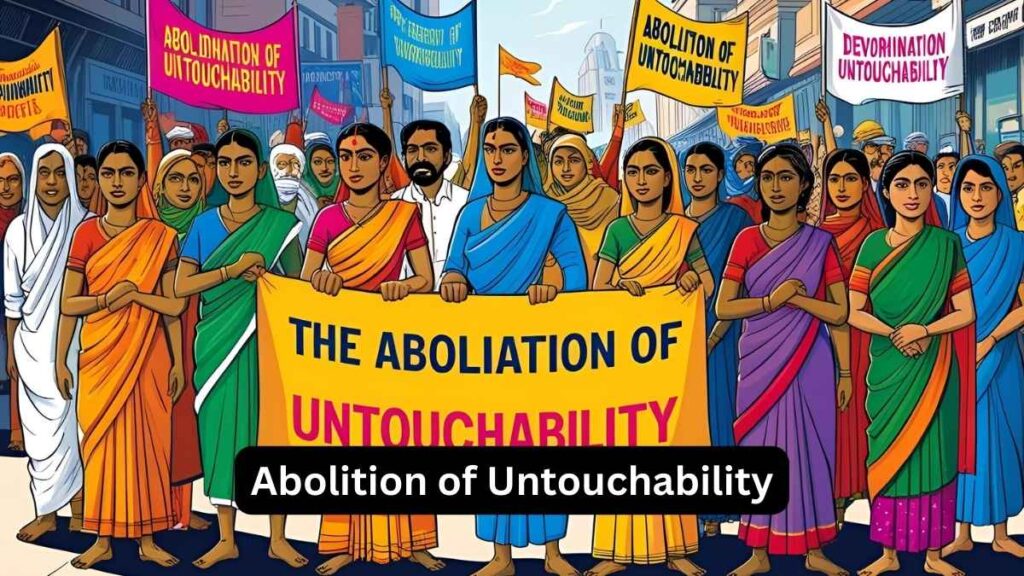Font size:
Print
India’s Organ Donation Crisis
Centre presses hospitals for greater transparency on organ donations
Context: India has one of the world’s lowest organ donation rates, with less than one donor per million population annually.
More on News
- The Health Ministry has issued a stern warning to hospitals, demanding timely and transparent reporting of deaths—particularly Brain Stem Deaths (BSD)—to state authorities.
- Non-compliance may result in strict penalties, including cancellation of hospital licences.
Key Concerns and Directives
- Hospitals must submit detailed reports on:
- Number of deceased donors
- Names and nationalities of recipients
- City and hospital where the transplant is conducted
- Failure to comply will attract action under the Transplantation of Human Organs and Tissues Act (THOTA).
Regulatory Framework: THOTA, 1994
- Regulates removal, storage, and transplantation of human organs and tissues for therapeutic purposes.
- Aims to prevent commercial dealings in human organs and tissues.
- Artificial organs are not covered under this Act.
Brain Stem Death: A Critical but Underreported Opportunity
- Brain Stem Death is legally recognised as natural death under THOTA.
- After BSD is declared by a doctor, one deceased donor can potentially save up to eight lives by donating:
- Organs: Kidneys, heart, liver, lungs, pancreas, intestine
- Tissues: Cornea, skin, heart valves, bones
- Hospitals are mandated to:
- Register every BSD and transplant case on the National Transplant Registry
- Report daily and monthly data on transplant activity
- Submit a monthly BSD proforma to their respective state authority by the 7th of every month
Widespread Non-Compliance and Government Response
- Many hospitals, especially in South India, have persistently failed to: Report BSD cases and record transplants in the national registry.
- The government suspects undisclosed commercial transplants due to lack of transparency.
- “Organ transplants are happening on the sly,” said an official, implying a commercial motive in some hospitals’ silence.
Cultural and Awareness Challenges
- Cultural barriers and lack of public awareness contribute to the reluctance of Indians to donate organs—either personally or on behalf of deceased family members.
- Officials reiterate that:
- Improved reporting will help legitimise organ transplants
- Increased registrations will automatically raise donation numbers
Way Forward
- The central government has urged states to:
- Rigorously monitor and certify BSD cases
- Ensure monthly reporting compliance
- Enforce THOTA rules strictly to ensure transparency and ethical practices
Overview of Health Governance in India
-
- Health governance in India refers to the structures, policies, and processes through which the country’s health system is managed, regulated, and held accountable.
- It encompasses the roles of various government bodies, inter-ministerial coordination, policy-making, implementation, and oversight mechanisms that aim to ensure effective delivery of health services and improved public health outcomes.
- Key Structures and Institutions:
-
- Ministry of Health and Family Welfare (MoHFW): The central authority responsible for health policy, planning, and implementation at the national level. It consists of two main departments: the Department of Health and Family Welfare and the Department of Health Research.
- State Governments: Health is a state subject under the Indian Constitution, so state governments play a crucial role in implementing health policies and managing public health services.
- National Health Mission (NHM): A flagship program aimed at strengthening public health systems, especially in rural and underserved areas.
- Ayushman Bharat: Comprises Health and Wellness Centres for primary care and the Pradhan Mantri Jan Arogya Yojana (PM-JAY) for secondary and tertiary care insurance coverage.


